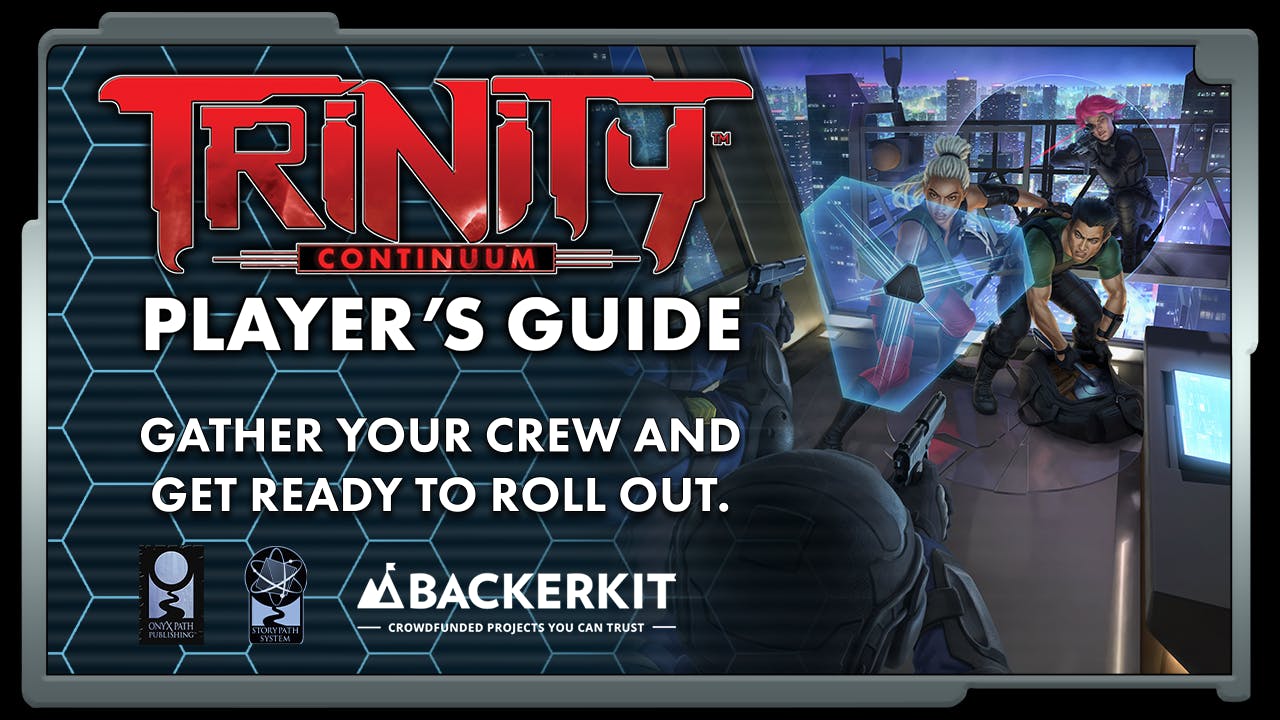BackerKit FAQ
How does BackerKit crowdfunding work?
Crowdfunding is a collaborative way to bring ideas and projects to life. Project creators post their idea for a project, and backers pledge money to make the project possible. Backers get behind the scenes access and backer-only rewards, which can include exclusive products, special pricing, creative input, content, and more.
To become a backer, select a pledge level that features the reward(s) you would like to receive when the project is successfully completed and make your contribution.
All-or-nothing crowdfunding model: The creator sets a funding goal and a deadline to raise funds. If the project does not meet the goal by the deadline, backers credit cards are not charged and no money changes hands.
Crowdfunding projects can happen at various stages of the creative process. Make sure to check the estimated timeline of when rewards will be delivered. Project creators will keep you updated on the progress toward completion and delivery of your rewards.
Backing a crowdfunding campaign is not the same as purchasing an item from a store. When you back a campaign you are supporting the creation of something new. Rewards are almost always delivered, but are not guaranteed.
When will I be charged for my pledge?
Your payment method will not be charged right away. You will be charged for the amount of your pledge when the campaign ends and the project reaches its funding goal. You will not be charged if the campaign does not reach its funding goal.
What happens after the campaign is over?
The Creator will send out a survey that will ask you for more information about your pledge, your shipping information, additional items you may want to add to your pledge, and collect shipping fees if applicable.
The survey will be sent to the email address we have on file with your pledge.
Any additional payment will be charged when you complete your survey and confirm your order.
Project FAQ
What is the Trinity Continuum RPG?
The Trinity Continuum isn't a single game, but a framework for multiple different games, each explored in a different era within the Trinity Continuum timeline. In Trinity Continuum: Æon, humanity has evolved in the early 22nd century and is beginning to explore the galaxy with the help of powerful psychics called psions. Trinity Continuum: Aberrant is a game of super-powered adventure set in the near future. Trinity Continuum: Adventure! is a pulp-inspired two-fisted romp in the 1930s. That said, the basic core version of the Trinity Continuum is a contemporary cinematic action-adventure setting inspired by adventurers and agencies found in the Bourne and Kingsman movies or the Tomb Raider series, as well as stylish caper films like Ocean's Eleven or Baby Driver, and secret helpful organizations like the A-Team, Leverage, Charlie's Angels or Agents of SHIELD. This setting and all of the rules needed to play are contained in the TRINITY CONTINUUM CORE RULEBOOK, which is available as an Add On PDF or hardcover book, as well as being a pledge reward for the Les Fantômes or Polyphemus pledge tiers. The TRINITY CONTINUUM PLAYER'S GUIDE is a rules expansion for the Trinity Continuum Core Rules, expanding some of the minor Allegiances introduced in the core rulebook, and adding new Gifts, Edges, Paths and Skill Tricks, as well as guidance and rules on running chases, races, investigations, and heists. New fantastic destinations are explored, such as alternate dimensions, time travel, the microverse, and undersea worlds. Finally, additional Storyguiding advice to make the game run best at your table is presented, along with a host of option rules to tweak the game to fit the flavor you desire.
What system does the Trinity Continuum tabletop RPG use?
The Trinity Continuum roleplaying games - regardless of which setting or era you're exploring - use Onyx Path's Storypath system. The Storypath System uses ten-sided dice, and is designed to be an action-heavy roleplaying game. The rules facilitate a number of playing styles and in game elements at the table including: Action Gameplay: Storypath takes cues from action movies to keep scenes moving quickly and preventing them from getting bogged down. Cinematic Pacing: Storypath divides sessions and scenes into different units of time that support a story moving at the speed of plot. Campaigns are modeled similarly to a long-running television series, using episodes, arcs, and seasons, to emphasize plot and characters over minutia or real time competency. Scaling: Storypath uses a comparative chart to measure general degrees of power between opponents. Gods or superheroes can fight each other on mostly equal ground, while mere mortals can do the same to one another. It’s only when the psychic superhuman deals with your average beat cop that Scale comes into play! Bonding: Though the rules are designed to portray individual characters, Storypath also uses group mechanics to create a collaborative storytelling role-playing experience. The Bonds formed during character creation and sessions bring new overarching mechanics and collaborative themes into play based on character milestones. Competence: The player-characters are assumed to be competent in their area of specialization be it research, combat, persuasion, or any other field of human endeavor. Dice rolls aren’t always meant to assume success or failure: they’re meant to determine influence over the story and the degree to which the character succeeds. Enhanced Combat: Storypath combat uses ranged bands, fields with terrain features, and the tools for both active and supporting characters to contribute to a fight. Combined, these techniques will keep fights interesting — even in extended conflicts and battles.
How to I add on or manage my pledge?
Go to: https://www.backerkit.com/c/users#pledges and follow these steps - 1. Click "view pledge" 2. Scroll down and you should see an "edit your pledge" button.
How & when will shipping be charged?
PLEASE NOTE: Shipping costs ARE NOT included in the cost of your pledge. You will be charged for shipping—and have an opportunity to adjust your pledge—after the campaign through the pledge manager.
